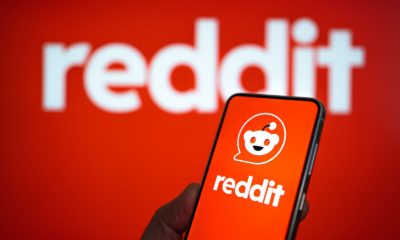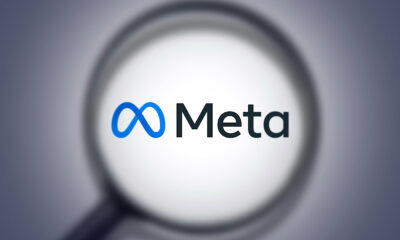Facebook Ad Sets Optimization: 5 Crucial Tips For Maximum ROI

Even though all the teens seem to be living their best lives on TikTok, Facebook is still very far from dead and over.
The platform reaches 59% of the world’s population, and is the third most-visited website in the world. As such, it can certainly be leveraged for brand growth in a number of ways: paid advertising being one of the most lucrative ones.
Let’s explore the 5 essential tips for optimizing your Facebook ad sets, for maximum return on investment and improved conversions.
1- Install Facebook Pixel
First of all, you need to ensure you have installed Facebook Pixel on your website.
The Pixel is a tiny piece of code that you add to your website, which then tracks how visitors interact with your pages. This data informs Facebook about their background, interests and behaviors, and enables better ad targeting based on real-life user data.
Configuring Pixel is fairly easy, and the data it reaps will ensure your ads are always shown to the right audience segment, increasing your click-through rates, and improving your ROI.
In order to get the best results, you need to make sure you are also optimizing for iOS 14 users – make sure your domain is verified, re-configure your preset settings in the Ads Manager, and select a single domain for tracking conversions.
2- Create Target Audience Personas
Defining your target audience is the second critically important step in ad set optimization. You can rely on Facebook’s own Lookalike Audiences or Audience Insights features, or you can also create your own personas based on user data you have previously gathered.
Relying on your own information sources (like Google Analytics and Search Console, or any other apps you use for the purpose) can give you that much-needed edge. After all, Facebook doesn’t understand your audience as well as you do.
Always start with the pain points your brand can solve. Why would someone do business with you? What can you do to help them solve an issue? What is it they would like to know about your brand?
Once you have an answer to these questions, start defining different audience segments based on demographics, interests, behaviors, etc. Make sure you have distinct personas for different services or product categories, pain points and income levels, age groups, and brand experiences.
Not only will this research help you increase your ad ROI, it’s a great way to lower your cost-per-click too.
3- A/B Test Your Ads
In paid advertising, copywriting and design are often just as important as targeting and ad timings.
In order to ensure your ad sets are doing their best for your brand, you should A/B test them as often as possible. For one, Facebook may have implemented changes you were not aware of, and it also gives you the chance to further improve even your best ad campaigns.
The ad elements you should A/B test (always one at a time!) include:
- Ad design
- Ad visuals
- Ad copy – specifically focusing on the headline
- Ad placement
- Call to action
- Bidding method
- Target audience
A/B testing is made easy through the Ads Manager, so you should have no trouble implementing various tests as often as you need to.
4- Use Intelligent (Re)targeting
Targeting and retargeting play a vital role in paid advertising.
First, you want to be crystal clear about the kinds of ads that certain audience segments want to see. For example, if you have a product that specifically appeals to parents, don’t serve it to teenagers. Sticking to our point about “know what the pain point is and solve it”, make sure you match the ad to the user as granularly as possible.
This might initially be a tougher cookie to crack, but the longer you run your ads, and the more Facebook Pixel learns about your audience, the easier it will become.
When it comes to retargeting, make sure you add those who have already visited your site to this audience. You also need to choose the right time frame: if your products can be considered an impulse purchase, or if you sell an item that is often shopped for, you can target 30-day audiences. But if customers need more time to make a decision, then you can target 60-day audiences.
Always ensure that audiences who have previously converted see a different ad than first-time potential customers and leads. Show them something extra, give them a discount, make a special offer – they will appreciate it.
5- Stand Out and Be True to Yourself
Finally, in order to truly make the most of your ad spend, you should do your very best to stand out from your competition.
Most brands will do some competitor research (whether through the Ads Manager or on another platform or even through Google) before running an ad campaign. They will then merely adapt the targeting practices and ad formats that work best in the niche.
While this practice is perfectly legitimate, you risk becoming no more than just another business in the crowd. Instead, try to put a twist on the best practices. If most competitors use images, try doing video. If they keep promoting their blog posts, make yours more informative and more valuable.
By structuring your ads so that they are likely to spark high engagement rates, you will instantly be seeing an improved ROI as well.
Final Thoughts
Ultimately, the formula for maximizing the return on investment of your Facebook ad sets is simple: you need to create ads that are in line with your target audience’s needs and interests, and put them out at the right time.
With a bit of research, clever copywriting, and continuous testing, you will be able to optimize your ads for better conversions – and take your brand to the next level.


















